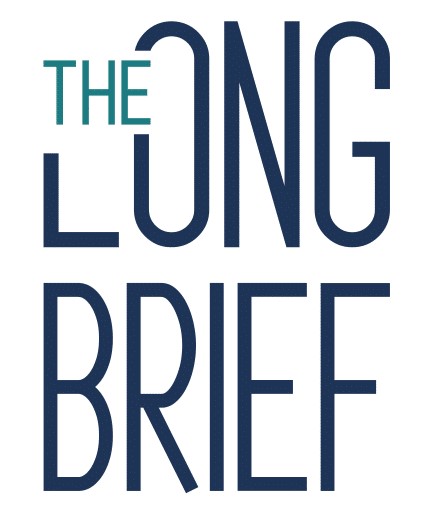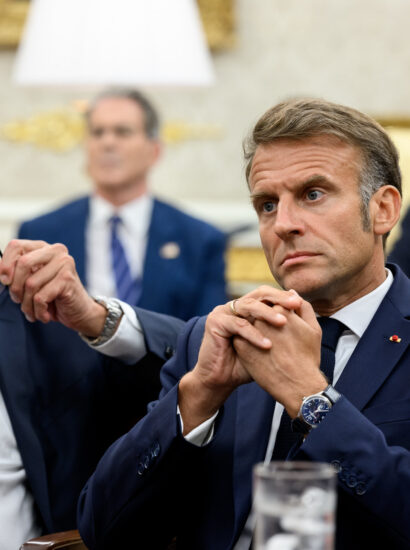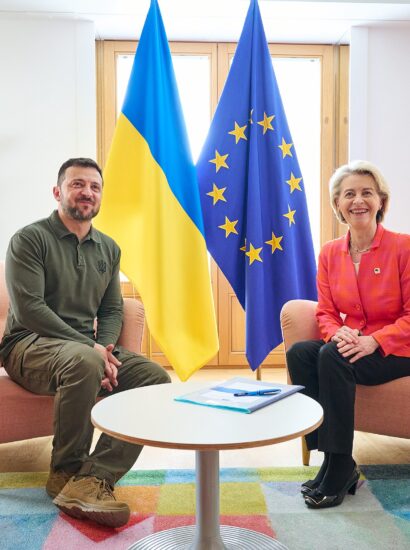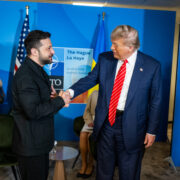ChatGPT, Dall-e, Midjourney, generative imagery, prompting are words and services that have simply taken over our feeds and, out of sheer curiosity and excitement, the oh-so-important critical thinking that is currently (formerly?) number one on the list of desirable skills for the person (another topic for another day) of the future seemingly has been thrown out the window. Many are happy to use artificial intelligence to write articles and papers since a vast array of data is available which the algorithm synthesizes and gives back as strings in virtually no time. How convenient.
Artificial Intelligence –A New Dawn But Not The Good Kind
Some have gone so far as to state this is the end for journalists, auditors, compliance specialists, business development professionals, account managers. Basically all professionals whose jobs center around the input of some sort of hard data and the output of a cohesive body of text.
And then came the swaggy pope. A picture of Pope Francis in which the head of the Catholic church is depicted wearing an enormous pendant with a cross for a medal and a very attention-grabbing puffy white coat.

Fake image of Pope Francis generated by artificial intelligence-assisted service Midjourney. (Source: Reddit)
Not For Your Eyes Only
The image went viral quickly and many have believed it to be real, all the while the image was outright fake. And I am saying the image can be identified as fake in seconds not just because, as Forbes Magazine’s columnist goes, “If one looks closely, the image can easily be identified as an AI creation; the pope’s ear is smudgy, his glasses melt into the shadow across his face, and his hand, clutching a coffee cup, is warped. Skin texture, as always, looks a bit waxy, but at first glance, many assumed the image was real.” Moreover, mostly not because of that. Because we are living in a world where we see everything in the confines of a 6-7-inch smartphone, or a 10-13 inch tablet screen.
One just does not look close anymore. With their eyes at least. It does not mean we should skip critical thinking and our own knowledge however. Or at least the inner urge to verify.
Because Pope Francis is anything but the bling depicted in the photos generated by Midjourney. He is very widely known to be humble when it comes to spending as a decision-maker and when it comes to personal belongings. He was given a 1984 Renault 5 as a gift ten years ago and happily, maybe jokingly said he would drive it around the Vatican; used Fiat 500L cars on his official journeys. He wore practically the plainest black-and-white Swatch quartz watch and auctioned it off to help. Puffy white coats and huge pendants just do not come together when it is about the pontifex.
Mistaking the image to be real in itself is not the biggest problem though. Framing and subsequent false storytelling are.
Story Framing and the Lack of Critical Thinking
Every meme gets a name eventually. This one got titled Balenciaga Pope. Which I do not even know – a phrase going out of usage faster and faster only to leave us with confidently stated false information – is even accurate: is it at all a coat designed and produced by Balenciaga? No, it is AI generated. Was “Balenciaga-type puffy coat” in the original prompt? We do not know.
But since Balenciaga has been largely associated with the ad scandal where it was condemned for depicting children holding BDSM-dressed teddy bears, Balenciaga Pope could easily imply for a mass of people that the pope has chosen to wear the brand. These deeply misinformed people – or news curation algorithms! – could then easily think the head of the church (which has already been in the news many times over abusing children), does not care or worse, endorses a brand that ended up in connotation to child abuse.
So far we have lived in a world where fake news were intentionally tailored to be disseminated. AI and the convenience of overlooking the importance critical thinking could bring about fake news that stem from falsely generated and falsely comprehended information.
Which is far uglier than that puffy coat that Pope Francis would never wear in real life.








[…] made mitigating the risk of extinction from AI a global priority. Against this background of caution, Sunak now reportedly wants the UK to lead in the development of guardrails to regulate AI […]
[…] relations is the last thing the European Union wants while it is sharpening its teeth on Big Tech, Russia and […]
[…] risks are particularly acute with large language models, which serve as the basis for generative AI tools […]
[…] amplifier of disinformation. Take, for example, deepfakes – AI-manipulated videos, audio or images of public figures. These could easily fool people into thinking a major political candidate had said something they […]